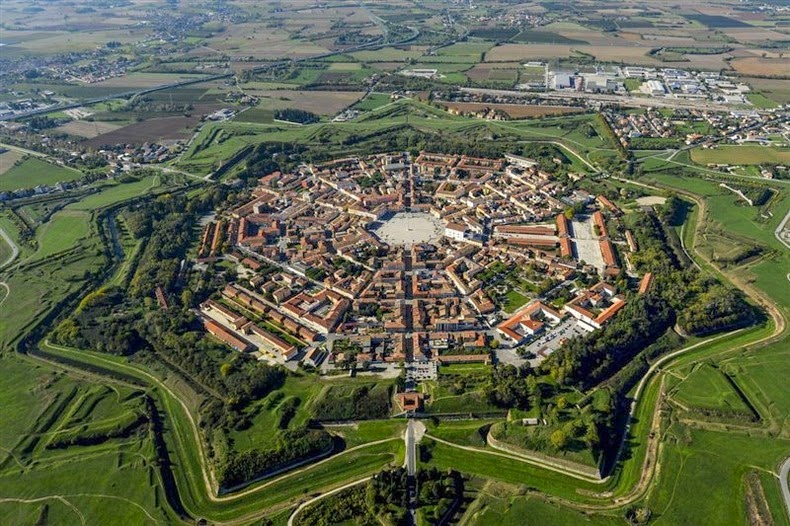Eldrad Ulthran attempted to undertake a great ritual that would prematurely awaken Ynnead, involving channeling the remains of Farseers through every Infinity Circuit. The ritual would have rendered every Craftworld disabled and wreaked havoc on the Astronomican, but Slaanesh may have ultimately met its end. However, he was foiled by the Deathwatch in the Battle of Port Demesnus in the Death Masque boxed set.
GW has indicated that Ynnead will in fact emerge shortly, and is releasing a number of models related to the deity in February as part of an event called Gathering Storm II: the fracturing of Biel-Tan.
What could this mean for Slaanesh? GW has made little secret that it is less than thrilled with the sexualized aspects of the deity, believing that it alienates the parents of young 40K players buying models. Slaanesh has already gone missing in the Age of Sigmar setting. It seems that there are at least three possibilities:
First, Ynnead could destroy Slaanesh and take his place.
Second, Ynnead could fight with Slaanesh but be unable to destroy him. Both deities could continue to exist separately in the universe.
Third, Ynnead and Slaanesh could battle and then merge. This is probably the most intriguing possibility.
Additional questions presented include:
What will Ynnead's place be in the pantheon of deities? What abstract metaphysical concepts will he embody? Death? Eldar? Excess? Sensation?
Will Ynnead be a strictly Eldar deity, or a general chaos god? How powerful will he be relative to the other gods?
What is the fracturing of Biel-Tan? Presumably some of the Eldar will choose to follow Ynnead and others will not. How will Ynnead's emergence affect the current structure / paths / society of the craftworlds, the dark eldar, and the exodites?
How will the emergence of Ynnead fit in with the fall of Cadia, the thirteenth crusade, and the upcoming 8th edition?
Most importantly, what will this mean for the Emperor's Children and their lore?








